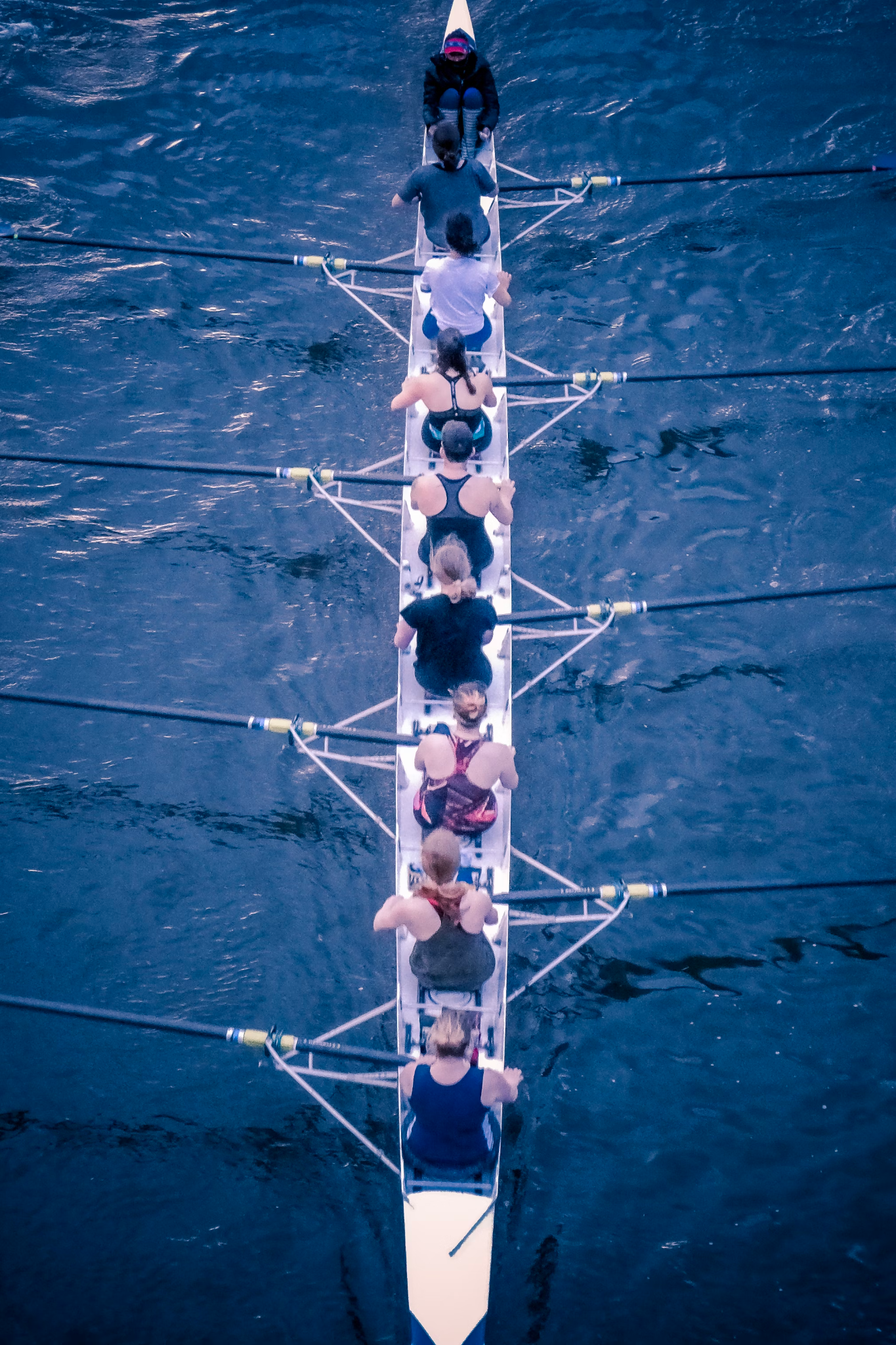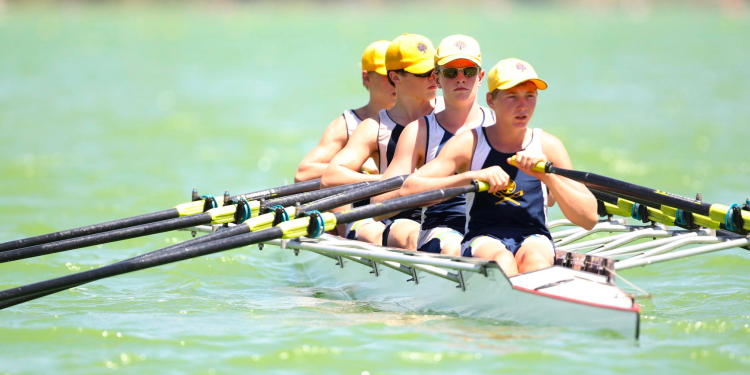Rowing is a sophisticated endurance and physical activity that requires strength, stamina, and technique. Rowing for novices is a new universe of opportunities to find the difference between physical performance and rhythm, coordination, and subtlety of water forces.
For a novice, the knowledge of proper rowing techniques in rowing is not only important for efficient performance but also for enjoying it safely. This all-encompassing roadmap is designed to assist beginners with the first simplifications in rowing, giving fundamental knowledge on stroke dynamics, body condition, and rhythm.
While learning rowing skills, it is interesting to notice the similarities with tactics that can be used in other skill-based activities, such as online casino gambling. In this regard, the $200 no deposit bonus plays an important role for casino online enthusiasts as it provides them with a good ground advantage.
Players can begin their favorite pastime without making any financial commitment. Hence, they can play without any fear or worry about losing real money. And just like rowing techniques, a solid foundation makes beginners start theirs off really well.
Entering the path of becoming a rower is as much about developing physical activities, such as learning how to move in unison with nature. By using the right rowing methods, raw physical power is transformed into a beautiful and efficient movement of boat propulsion through water.
However, the learning process is initially steep for beginners, but then harmonizing body movements with boat and water makes that effort justifiable. This handbook will go into the details of all elements, including rowing stroke, body mechanics, and safety precautions, to ensure a comfortable introduction to this fascinating sport.
Understanding the Rowing Stroke
The basic stroke in the sport is a four-limb symphony – an orchestrated sequence of movements.
- The Catch: In this case, the oarsman is about to change potential energy into kinetic. At the stern, bent knees, vertical shins, and arms stretched, the rower is like a coiled spring. This is a transitional phase between tension and relaxation, ready for the movement.
- The Drive: This stage changes energy to movement. First of all, the rower starts with a strong leg push and then sequentially engages back and arms. Essentially, the drive is explosive while at the same time fluid, as it uses all the power of a rower effectively.
- The Finish: In this phase, the rower benefits from a drive’s momentum. The legs are stretched, and the back subtly inclines and pulls with a rhythmic push of oars. However, in this section, precise execution is essential to keep the motion and balance going.
- The Recovery: Recovery is the tactical go-back to catch. It’s a phase of controlled gliding, an essential step in getting the body ready for the next push. The rower opens the arms forward with the back bent, and the knee bends in a smooth motion.
Other Rowing Stroke include:
- Feathering the Oars
- Squaring the Oars
- Body Swing and Slide Control
- Leg Drive
- Arm Pull Through
- Blade Entry and Exit
- Posture and Core Stability
Body Positioning and Posture
The posture in rowing can be compared to the base of a building that provides support and balance, making it steady. However, the rower should keep a straight and engaged back to ensure power transfer through the whole stroke.
The core muscles are important in providing stability and support. Thus, relaxed and alert posture rowing techniques helps in maintaining energy and avoiding injuries. The rower needs to avoid slouching or over-extending so that he does not disrupt the rhythm of the stroke and cause strain.
Breathing Technique
One of the best indoor rowing techniques for beginners is the breath control. Breathing in rowing is as regular and smooth as the strokes themselves. During the recovery phase, inhalation helps a rower accumulate energy for push.
It is advisable to release air during the drive in order to exercise full power. Rhythmic breathing not only helps sustain an even tempo but also ensures proper delivery of oxygen to these muscles, improving endurance and performance.
Handling the Oars
Managing the oars is a balance of strength and precision. The hold should be firm but with the right measure of relaxation for easy adjustments and control. Flat wrists reduce the amount of strain and allow for sleeker times in blade movement. Rotational control of feathering and proper squaring are essential in maintaining balance by reducing drag.
Synchronizing with the Team

In particular, in crew boats, it’s vital to synchronize with the team. But this synchronization is not only about rowing at the same pace but equal development of harmonious action for each rower. In the proper synchronization, all rowers catch, drive, and finish in unison, creating a coordinated motion.
This takes constant monitoring of one’s actions and those of the team as well as flexibility to adjust for the rhythm set forth by the coxswain or stroke seat. Maintaining this synchrony requires good communication, both verbal and non-verbal.
The team rehearses together regularly, and this ensures that the team develops a synchronous sense of timing, which is necessary for curtailing speed at maximum boat balance.
Safety Measures
The most important aspect of rowing to be considered here is safety, especially for newcomers who are just getting used to the dynamics of this sport. Having a personal flotation device (PFD) on at all times when out in the water is always necessary, even if one can swim.
Before going into the water one needs to make sure that both boat and equipment are properly working so incidents in the middle of nowhere would not ruin everything. Knowledge of the weather and water is essential, so refrain from rowing in extreme conditions or when currents are fast.
Rowing should always be performed in designated locations by beginners and, if possible, under the guidance of a qualified coxswain or coach. Capsize drills may prove life-saving if learned and practiced because they give the required skills to handle emergencies.
Practice and Patience
We are developing and perfecting proper rowing techniques for novice rowers. First, you should start with just the basics and then slowly work up to more advanced aspects of rowing. The rowing progress, like any skill and ability at all, is rather gradual.
Typical practice, ideally under the supervision of an expert coach, is fundamental for improving stroke mechanics and rhythm along with general-level rowing proficiency. Patience is also an important aspect of this learning process.
One should be patient with oneself and realize that learning to row is a process of time and repetition. Appreciating small changes and sticking to them will result in great developments after a while.
Let’s Finish This!
In conclusion, the sport of rowing excellently links physical stamina with expertise. For novices, learning and perfecting the rowing techniques is essential for a pleasurable but efficient time on water.
The process of learning rowing is much as it should be about developing physical strength; it is also about achieving a rhythmic harmony between the boat and the water. It takes patience, repetition, and humility to learn from every stroke.
With the increasing skill level of a beginner in rowing, they will come to understand that such an activity has more than physical advantages. Rowing develops a unique relationship with nature, improves mental toughness, and encourages cooperation for the common cause. Consistent practice and commitment by beginners make it possible to convert their first strokes into joyful rhythmic rowing.





